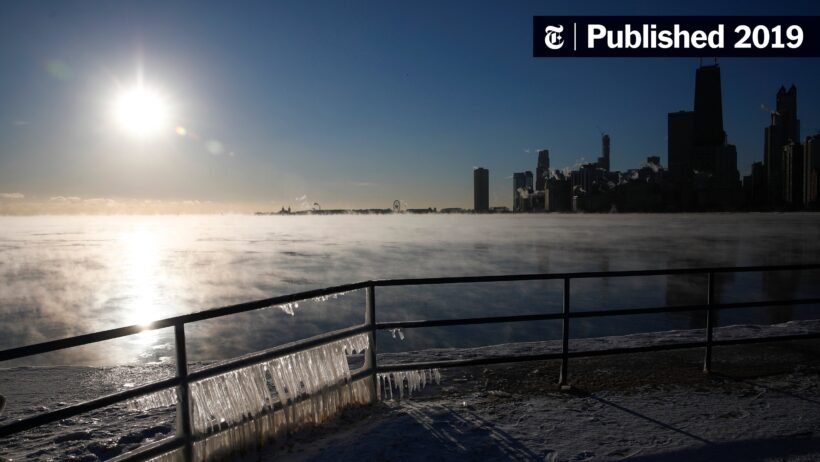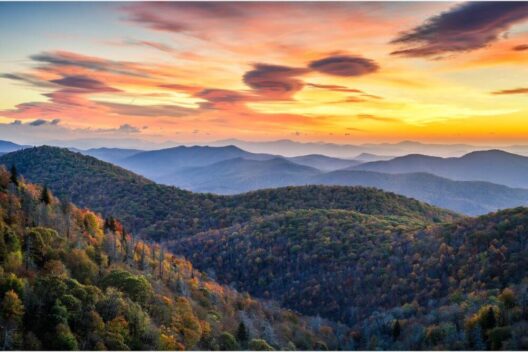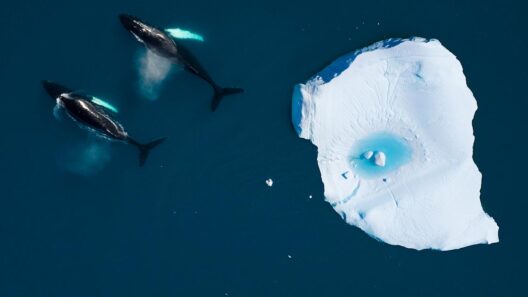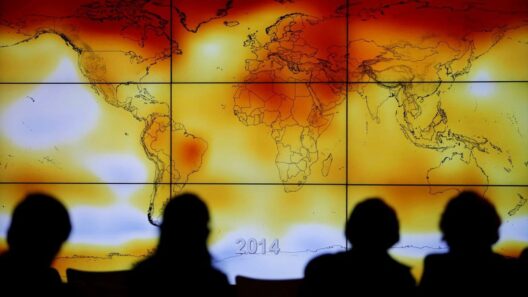As we traverse the verdant tapestry of our planet, we inevitably encounter the paradox of nature: the coexistence of frigid temperatures amidst a warming world. The notion that cold weather is a myth may provoke a spectrum of emotions, but it is essential to unravel the complexities that underpin this duality. To conceive of a warming Earth as devoid of cold is to overlook the intricate dance of climate systems, a harmonious ballet wherein warmth and chill vie for dominion in an ever-evolving atmosphere.
First and foremost, let us ponder the concept of climate versus weather. Weather is the ephemeral condition of our atmosphere at any given moment—sunny, overcast, or blustery. Climate, on the other hand, represents the long-term averages and variations of weather patterns across vast epochs. Thus, while a localized weather event may exhibit severe cold, the broader narrative of climate change unfolds as a gradual increase in average temperatures globally. In this intricate tapestry, cold weather is neither a myth nor an anomaly but rather a component of a larger narrative.
Consider the idea of the “polar vortex.” This meteorological phenomenon, akin to an icy specter, oscillates within the polar regions. When the vortex is stable, frigid air remains trapped in the Arctic. However, when it destabilizes, it can release these frigid currents southward, enveloping mid-latitudes in a shroud of cold. This occurrence starkly illustrates that while the planet’s average temperatures may rise, localized cold spells can manifest with vigor, as if nature itself is playing a deceptive game of hide and seek.
Indeed, the cold weather we may experience is not at odds with climate change; rather, it is a byproduct of our warming climate. As the planet’s temperature rises, the atmosphere becomes increasingly chaotic. More energy circulating in the atmosphere leads to extreme and unpredictable weather patterns. The paradox becomes clearer: our warming world does not eliminate cold; it amplifies its irregular occurrences.
Expanding our lens, we delve into the hydrological cycle, another crucial player in this compelling narrative. As temperatures rise, the atmosphere’s capacity to hold moisture increases. When the temperature drops, this excessive moisture often precipitates in the form of heavy snow, leading to severe winter storms and extreme cold snaps. The irony is palpable—escalating warmth can produce dramatic cooling events, resulting in the precarious dance between warmth and chill.
Moreover, we exist at a juncture where the phenomenon of climate change is racing ahead of our collective understanding. Each frigid day that arrives can be likened to an echo from the past—a reminder of a world where cold temperatures dictated the rhythms of life. Yet, as we awaken to the relentless march of climate change, we recognize that the narrative is evolving. Winters grow warmer on average, while sporadic extremes demand our attention and complicate our perception of seasonal norms. This duality is both bewildering and fascinating; in searching for clarity, we often unearth more questions than answers.
To illustrate further, one must consider the seasonal transitions. Imagine spring awakening with a vibrant flourish, only to retreat under winter’s icy breath. These fluctuations are not mere temporal aberrations but reflections of a climate in flux. A warming planet yields a potent concoction of atmospheric elements—a volatility that creates fertile ground for violent storms or extreme cold snaps. As nature’s palate shifts, we find ourselves grappling with this new dialect of weather patterns.
However, it is vital to reflect upon not only the scientific implications of our changing climate but also the societal ramifications. The elderly, the impoverished, and those with existing health conditions are disproportionately affected by extreme weather events, whether they manifest as unexpected heatwaves or harsh winter conditions. Our collective responsibility is to mitigate the impacts of climate change by advocating for sustainable practices, reinforcing our infrastructures, and fostering community resilience—the bedrock upon which society must build its defenses against climatic extremes.
As we navigate these dualities, it is critical to embrace a holistic understanding of our ecological footprint. The planet itself is a mirror reflecting our actions; our choices resonate through the atmospheric corridors, influencing the ebb and flow of temperatures. We must pursue innovation and adhere to sustainable practices that honor the delicate interplay of ecosystems. Although cold weather may appear incongruous within a warming world, recognizing its significance helps frame our approach to addressing climate change through informed debate and actionable solutions.
In conclusion, the interplay between cold weather and global warming serves as a reminder of the complexity of our climate system. Cold is not merely a relic of a bygone era, nor is it an anomaly to be dismissed. Instead, it exists alongside a warming planet, a vibrant coexistence that demands our attention. As stewards of this Earth, the onus lies upon us to embrace this complexity, seeking to harmonize our relationship with the environment. Our collective future rests on the decisions we make today, fostering a world where both warmth and cold can coexist harmoniously without detriment to the delicate balance of our climate.






